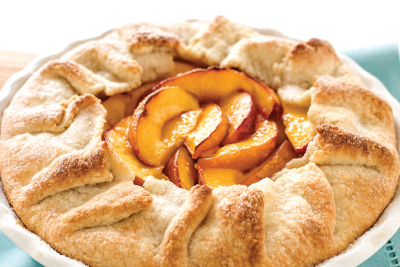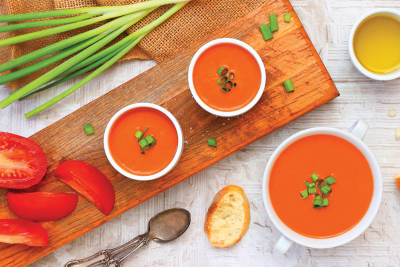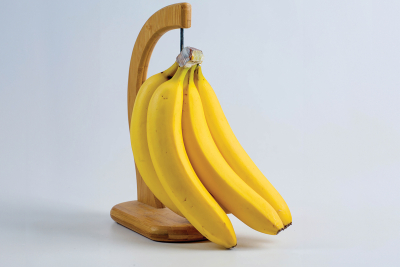The thrill of the chase lives on
Through the years, I’ve written at every opportunity about Aquilla (Quill) Rose — Civil War veteran, fiddle player, storyteller, moonshiner, and hunter — who was surely one of the more picturesque characters ever produced in the Smokies region. As an “original character,” he figured in Horace Kephart’s Our Southern Highlanders (1913), wherein Kephart described the people living along Hazel Creek and adjacent watersheds on the North Carolina side of the Smokies years before the park was founded in 1934.
A locust by any other name
I’m fairly good at the identification of deciduous trees during the flowering and fruiting seasons, when one can observe bark, leaves, general growth habit, and flowers or fruit. I’m less adept during the winter months, when one can observe just bark, buds, and general growth habit.
The grumpy traveler department
From time to time, I’ve contemplated compiling an anthology of travel writing from Western North Carolina. Such a volume would commence with the descriptions of the region compiled by the Moravian explorer Bishop Augustus Gottlieb Spangenberg in the early 1750s. Next would be William Bartram, who entered the western tip of the state in 1775 and published his famous Travels’ in 1791. In the 19th century, the accounts were numerous, with my favorite being In the Heart of the Alleghenies (1883) by William G. Zeigler and Ben S. Grosscup. And accounts were equally numerous during the next century. The difficulty would lie not in finding materials but in winnowing it all down to manageable proportions. One late 20th century writer that I’d insist on including would be the irascible Bill Bryson.
Time to think about gardening in ‘06
Have you started making your 2006 gardening plans yet? It’s time. The garden catalogs started arriving in the mail several weeks ago: Johnny’s, Burpee’s, Pine Tree, Park’s, Shumway’s, Seeds of Change, etc. Folks have been studying these sorts of publications with pleasure for decades.
Traditional Cherokee dyes
“Woven goods—baskets and mats—document what women did, when, and how. They illuminate the work of women who transformed the environments that produced materials for basketry. They point to women’s roles in ceremonial, subsistence, and exchange systems. As objects created and utilized by women, baskets and mats conserved and conveyed their concepts, ideas, experience, and expertise. They asserted women’s cultural identity and reflected their values.”
— Weaving New Worlds: Southeastern Cherokee Women and Their Basketry, by Sarah H. Hill (University of North Carolina Press, 1997)
Requiem for a heavyweight
The eastern hemlock has long been one of my favorite trees. Like many people reading this column, my wife, Elizabeth, and I have a number of very large specimens growing on our property, especially alongside a creek that traverses the cove we live in. And, of course, we’re very concerned about losing these wonderful trees to the hemlock woolly adelgid infestation that is currently ravaging the southern mountains. All of our hemlocks show signs of the infestation, and we will hate to lose them. This column, then, is sort of an ode to the hemlock.









